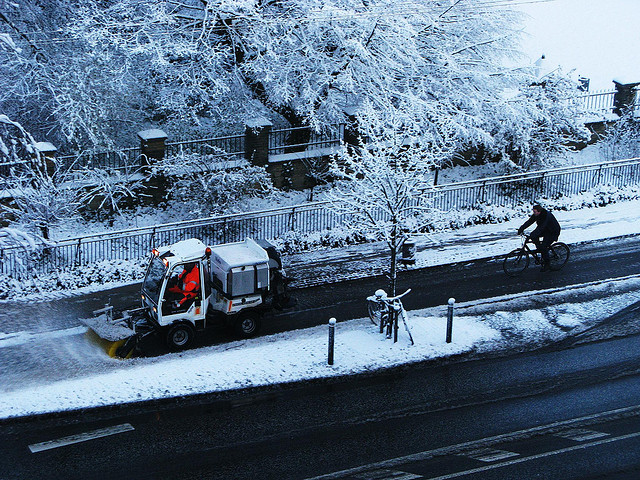ITS Training Available! Free Road Weather training for state, local and Federal employees
The U.S. DOT’s ITS Professional Capacity Building Program, in the ITS Joint Program Office, partners with training providers and industry associations to develop and deliver ITS-related training. This email provides an update on several training opportunities from the Consortium for ITS Training and Education:
Consortium for ITS Training and Education (CITE)
Improve your skills and become more resourceful via CITE’s upcoming blended course offerings; includes discussion board forums which provides students with a strong sense of community. Each course runs approximately 6-8 weeks.
Road Weather Information Systems (RWIS) Equipment and Operations – (June 22 through July 31, 2012) http://www.citeconsortium.org/
Adverse weather is our common enemy in road maintenance, traffic, and emergency operations. Transportation agencies are well aware of the operational and logistical challenges of such weather. Many agencies are fighting this age-old battle by implementing Road Weather Information Systems (RWIS). The goal of this course is not only to discuss RWIS initiatives and considerations but also explore individual state and local deployment challenges through workshops, exercises, and self-assessments, which will leave participants with an action plan tailored for their specific needs.
Principles and Tools of Road Weather Management – (September through October, 2012) http://www.citeconsortium.org/
Through this course, participants are exposed to various strategies for addressing road weather problems, including Road Weather Information Systems (RWIS) and the development of crosscutting decision support systems to respond effectively to weather situations. This course is part of the Specialized Learning Intelligent Transportation Systems (ITS) curriculum established by the ITS Professional Capacity Building (PCB) program.
Weather Responsive Traffic Management (WRTM) * New (October through December, 2012) http://www.citeconsortium.org/
This course provides information and guidance to transportation system managers and operators to help them effectively manage traffic flow and operations during adverse weather conditions. At the end of the course, participants will understand the WRTM concepts framework strategies and be able to describe the types of data, analysis tools, and performance monitoring necessary to effectively manage traffic during weather events.
If you are interested in taking either of these courses, please contact Denise Twisdale (301-403-4592) or Kathy Frankle (410-414-2925). All course materials are on-line but students have access to course instructors through three pre-scheduled conference calls. Cost is $250 each, $550 for all three (3); free for state, local and Federal employees (sponsor code F2012). Register today; don’t delay! http://www.citeconsortium.org/


